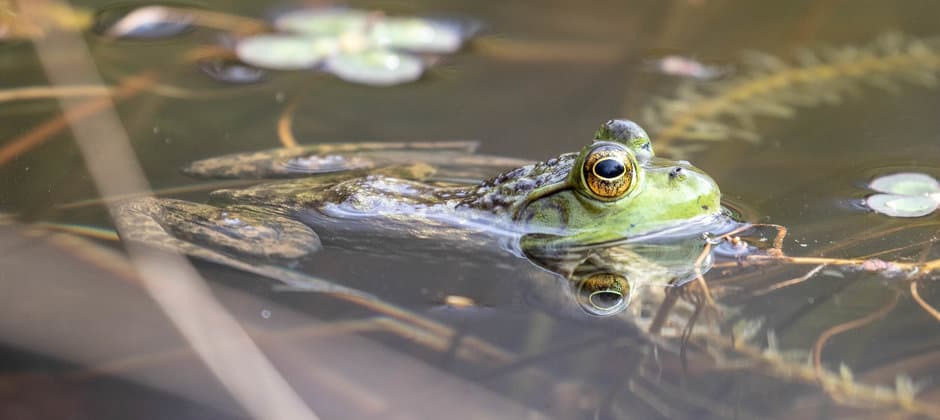Share this article
Getting an early warning on invasive species
Environmental DNA samples and citizen science tools can provide wildlife managers early warnings about invasive species on the landscape.
“Complete eradication of an invasive is unlikely after it’s well established and widespread,” said Eric Larson, an assistant professor of natural resources at the University of Illinois at Urbana-Champaign and the lead author of a study published recently in Frontiers in Ecology and the Environment. “So you really need early detection of these insipient invasions for eradication to work.”
Larson and his co-authors examined various new technologies that have emerged in the past decade to find some of the best ways that exotic species could be detected early in their invasions. They looked at a number of factors, from citizen scientist applications like iNaturalist and eBird to the use of scent detection dogs.
The team found that the use of eDNA in water and its growing use in soil analysis provided an excellent tool for wildlife managers to use in detection.
Environmental DNA involves taking water or soil samples that can contain bits of DNA from wildlife that passed through to detect what species are present. The methods used to identify DNA in environmental samples are getting increasingly sophisticated, Larson said, allowing researchers to check for multiple species simultaneously.
Researchers have already used eDNA to discover invasive species before they were detected by other means. In France, he said, researchers detected an American bullfrog (Lithobates catesbeianus) in a soil sample before they were able to spot one.
Other great tools for early detection, the authors found, were citizen science applications like iNaturalist or eBird, which allow wildlife enthusiasts to upload photos and observations of species, which are identified by crowdsourcing.
“There’s huge promise because anybody can be recording these environmental observations,” Larson said.
There are also ways to integrate both eDNA and citizen science, Larson said. Some agencies are already sending out kits to citizen scientists to take eDNA samples from their local areas. Applications like this provide “untapped potential” in citizen science, he added.
But Larson thinks that biologist and wildlife agencies and managers should do more to integrate resources like eDNA and iNaturalist into their monitoring programs.
“You need those citizen science tools to be integrated with someone who is able to respond to it,” he said. “There’s a potentially really cheap, really scalable opportunity for invasive species monitoring.”
Other emerging technology could also help with invasive species detection. Trail cameras and camera traps are becoming increasingly common, as is the use of chemical lures to detect invasive species like sea lampreys (Petromyzon marinus) in the Great Lakes.
Header Image:
Using eNA, researchers have detected invasive American bullfrogs in places outside their native range.
Credit: Shawn Taylor








